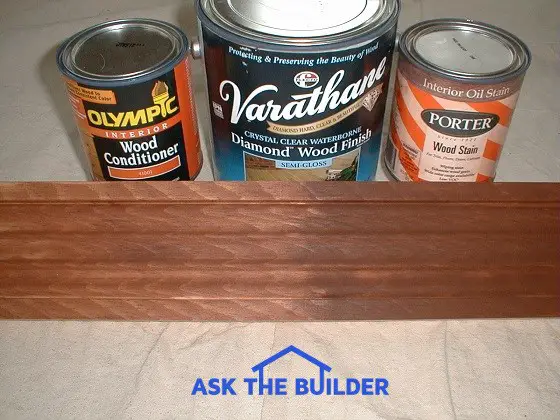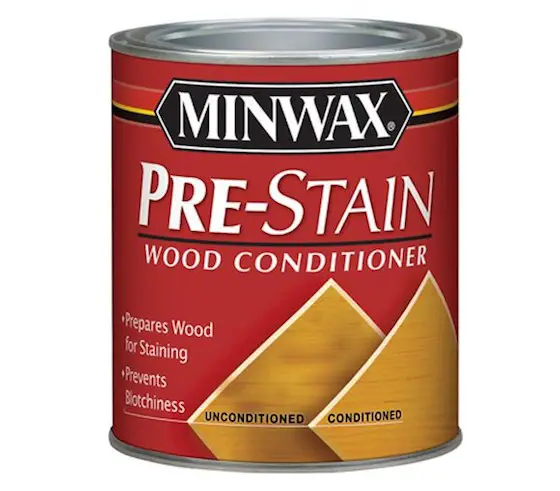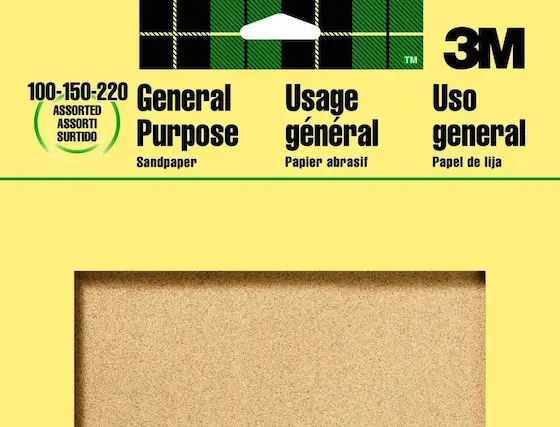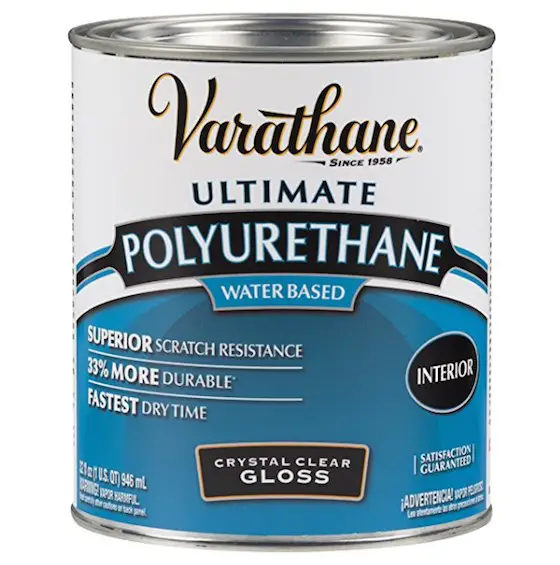How to Stain Wood

Stain wood sample here. This piece of wood had a wood conditioner applied to the left side. An equal amount of stain was applied over the entire piece of wood and wiped off immediately. The conditioner saved the day and allowed the gorgeous grain to show through! Copyright 2018 Tim Carter
"I continued to ruin gorgeous pine trim because I did not understand that softwoods must be treated with the utmost care when they are stained."
How to Stain Soft Wood Checklist
- Use a wood conditioner to treat softwood before staining
- Conditioner fills some of the wood pores
- WATCH my Wood Conditioner & Stain VIDEOS Below!
- Do a test piece of wood to practice
- CLICK HERE to Get Tim's FREE & FUNNY Newsletter!
DEAR TIM: I have to stain some white pine woodwork in my home. In the past, I have had nothing but problems when I stain wood.
The color is not even, the grain disappears and colors are much darker than in the sample brochures. I must be doing something wrong. How can I get professional results from start to finish when staining woodwork? Sandra B., Westland, MI
DEAR SANDRA: I see you have the softwood blues.
I Blotched Up Staining Pine Years Ago
I used to get into this same funk many years ago when I first started in the construction business. Imagine my customers' reaction when I transformed beautiful white pine woodwork into a blotchy mess.
My initial diagnosis was the wood had not been sanded well enough. But I still had problems when the wood was as smooth as glass.
I continued to ruin gorgeous pine trim because I did not understand that softwoods must be treated with the utmost care when they are stained. Staining pine is not easy to do, that is if you want it to look perfect.
Free & Fast Bids
What Kind of Cell Structure do Softwoods Have?
White pine, alder, spruce, and fir are softwoods that have a very open cell structure. They readily absorb massive amounts of stain, much more than you and I want them too.
Hardwoods such as oak, poplar, cherry, and walnut are much different. Their dense cellular structure makes them harder and because of this, there are simply fewer voids for the liquid stain to penetrate.
A suitable comparison might be comparing two different pieces of paper. A paper towel readily absorbs water drops while a drop of water may sit for minutes on the surface of glossy paper used in many decorative coffee tables books.
How Do Professionals Pre-Treat Softwoods Before Staining?
Professional painters and woodworkers use a clear wood conditioner to partially block many of the wood pores. These conditioners are easy to apply and dry rapidly.

Here's a very good clear wood conditioner. Always do a TEST on a scrap piece of wood to ensure you like the results. CLICK THE IMAGE TO ORDER SOME NOW.
Often you can brush them on the piece of wood and stain it within fifteen minutes. The liquid conditioners contain clear resins and solids that clog the pores of the softwoods.
By doing this, many of the stain pigment particles that create the actual color are not allowed to soak deeply into the wood. The conditioners also help to enhance the grain of the wood.
How Long Should the Conditioner Dry?
Read the label on the can of the wood conditioner. It will list the dry time. If it's humid, extend the drying time at least an hour, maybe two.
The wood conditioner needs to be completely dry for maximum performance.
Wood Conditioner Video
Watch this video to see how easy it is to apply a wood conditioner.
How Important is the Sanding Process?
Sanding is extremely important when staining wood. Roughly sanded wood exposes more surface area that allows too much stain to soak into the wood.
When you take the time to use progressively finer and finer grit sandpaper that eventually produces a glass-like surface, you minimize the surface area of the lumber. You may start out with 100-grit paper, then switch to 150-grit and finish with 220-grit. Aluminum oxide sandpaper self-sharpens as you work.
Be sure you have a scrap piece of the wood you intend to stain. Sand it just as you would your finish pieces of wood. You're going to condition and stain your test piece first.

Here's an assorted pack of aluminum oxide sandpaper that will do a great job on softwood. CLICK THE IMAGE TO ORDER IT NOW.
Taking the time to fine sand until the wood surface is super smooth also is the foundation for achieving a silky surface after the final coats of finish are applied.
When Do You Apply the Wood Conditioner?
After you have sanded the wood and removed all dust, apply the clear conditioner. Pay attention to the instructions as they often instruct that any wood treated with the conditioner should be stained within two hours.
The conditioner usually has the consistency of water and it's very easy to apply. You'll see it soak into the soft wood.
Is It Best to Do a Stain Wood Practice Run?
Grab your test piece of wood and get ready to stain it. Do NOT be impatient and stain the finished pieces. If you make a mistake, it's hard to correct it.
Apply the stain and work it in well with a rag or brush. Wait perhaps 30 seconds and wipe off the excess stain. All too often people make a mistake by either rubbing too hard or they use a rag that is saturated with stain.
IMPORTANT TIP: The depth of color you see the moment the stain is wiped off is generally what the woodwork will look like after the clear finish is applied.
The key to successful wood staining lies in practice. Make sure the carpenter saves all wood scraps. Use these scraps for test samples. Not only will they allow you to select the correct stain color, but you can also use the scraps to see what happens if you leave the stain on for 10 seconds, 30 and even two minutes.
Always keep a wet edge when staining. Never stop staining a piece of wood halfway down its length. Work yourself into a corner if you must stop for lunch, a break or the end of the day.
Wood Stain Video
Watch this video to discover a little-known staining trick.
Be sure the stain dries before you proceed. Depending on the temperature and humidity, this could take 24 hours.
The stain is dry when you take a dry finger and rub it with medium pressure across the wood. If the wood is smooth, not tacky, and there's no color transfer to your finger, the stain is dry.
If you try to rush the job, the clear finish can lift stain from the wood and the result is a blotchy mess.
What's a Great Clear Finish?
Your choices for clear finish coats are many. Lately, I have become a huge fan of water-based clear urethanes.
They're easy to apply and dry rapidly. When I use these, it is not uncommon to apply two or even three coats of finish in the same day. That can be a huge time saver.
I prefer to use water-based urethane. I like it because it doesn't yellow over time when exposed to light.

I've had excellent results with this clear water-based urethane. It dries FAST. CLICK THE IMAGE TO ORDER SOME NOW.
When working with any clear finish, be sure to check the work as you apply the finish. If you apply too much clear finish, it may sag or run in spots.
After you apply the finish to a vertical surface you have a window of opportunity of perhaps five minutes when you can correct these errors with your brush instead of waiting for the finish to dry and then sand out the defects.
You'll get the best results doing a light sanding in between coats of the clear finish. Sand with 220-grit paper. You don't have to press hard.
Column 497
18 Responses to How to Stain Wood